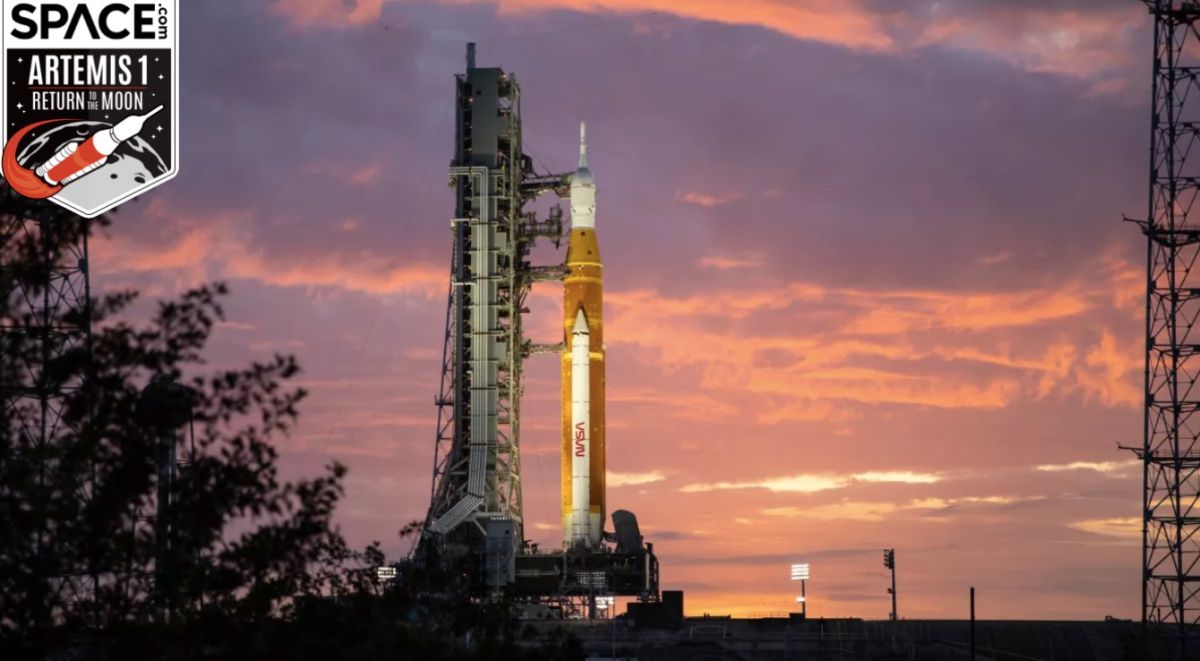
www.space.com
NASA begins fueling Artemis 1 moon rocket for 2nd launch attempt
NASA began fueling its massive new rocket early Saturday (Sept. 3), setting the stage for a critical Artemis 1 test flight to the moon.
Science & Tech
CAPE CANAVERAL, Fla. — NASA began fueling its massive new rocket early Saturday (Sept. 3), setting the stage for a critical test flight to the moon.
The Artemis 1 moon rocket, NASA's first Space Launch System (SLS), is scheduled to launch an uncrewed Orion spacecraft to the moon from Pad 39B here at the Kennedy Space Center at 2:17 p.m. EDT (1817 GMT) on Saturday. NASA has a two-hour window in which to launch the mission, with promising weather forecast varying between 60% and 80% "go," the agency has said. You can watch the launch live online starting at 12:15 p.m. EDT (1615 GMT).
But before the Artemis 1 mission can launch, NASA has to fuel the 322-foot-tall (98 meters) rocket with 730,000 gallons of super-cold liquid hydrogen and liquid oxygen propellant. The process can take up to four hours, NASA has said.
It was during the fueling process (or "tanking" as NASA calls it) that launch controllers hit a snag during the agency's first launch attempt on Monday (Aug. 29). NASA called off that launch try when it could not confirm that one of the four RS-25 main engines of the SLS core stage was at the chilled temperature of minus 420 degrees Fahrenheit that is required for launch.
The agency ultimately determined that a bad sensor caused the issue and implemented workarounds for Saturday's launch attempt. On Saturday, NASA planned to begin the main engine chill-down process earlier to allow more time for the SLS rocket's engines to reach their target temperature.
NASA's Artemis 1 mission is the first test flight for NASA's Artemis program that aims to return astronauts to the moon by 2025. The mission is a 37-day trip around the moon to verify the Orion spacecraft and SLS rocket are safe for astronauts. The mission will also deploy 10 Artemis cubesats on the way to the moon and carries a series of experiments to assess the astronaut experience inside the Orion spacecraft.
Artemis 1 is scheduled to return to Earth on Oct. 11 with a splashdown in the Pacific Ocean off the coast of California. If all goes well, NASA aims to launch a crew around the moon on the Artemis 2 mission in 2024, followed by the Artemis 3 crewed lunar landing in 2025.
























































